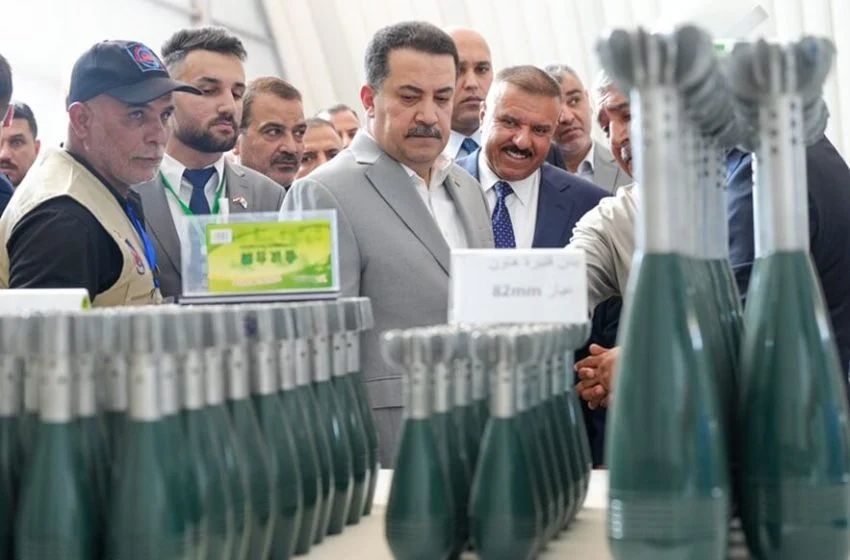
Key Points:
- Iran’s defense minister announced a threefold increase in military exports over the past 33 months, highlighting significant growth in the country’s defense industry.
- The country showcased advancements in missile technology, drone development, and naval capabilities, underscoring its commitment to a multi-layered defense strategy.
- Iran’s focus on self-reliance in defense production reflects its ambition to be a leading regional power, potentially impacting regional stability and future relations.
Iran Showcases Military Prowess, Announcing Significant Defense Industry Growth
In a display of burgeoning military strength, Iran’s Defense Minister, Brigadier General Mohammad Reza Ashtiani, declared a threefold increase in the country’s export of military products and services over the past 33 months. The announcement, made during a cabinet meeting on Sunday, highlighted the advancements achieved under the late President Ebrahim Raeisi’s administration.
Defense Production Sees Remarkable Surge
Ashtiani emphasized the “enormous increase” in key performance indicators within the defense sector. Domestic production of weapons, defense equipment, related systems, and services rendered to the Iranian Armed Forces have reportedly surged by an impressive 2.5 times.
The unveiling of several recent achievements further illustrated this expansion in military manufacturing capability. These include the successful launch of the Simorgh satellite carrier, the simultaneous deployment of three satellites, and the launch of the “Zoljanah” research satellite carrier. Further demonstrating Iran’s commitment to space technology, the “Saman” orbital transmission system, equipped with a sub-orbital space probe, was also successfully launched.
Missile Technology Takes Center Stage
Drones, Jets, and Destroyers: A Multifaceted Approach
Iran’s commitment to a multi-layered defense strategy is evident in the development of the Mohajer 10 strategic drone, the successful test flights of the Simorgh transport aircraft and Yasin training jet, and the completion and launch of the Dana destroyer. This comprehensive approach showcases Iran’s determination to equip its armed forces with a diverse and modern arsenal.
Furthermore, the Defense Ministry has focused on enhancing its detection, identification, and targeting capabilities, particularly against low-altitude threats and cruise missiles. This strategic priority reflects the evolving security landscape in the region and Iran’s determination to maintain a robust deterrent capability.
Self-Reliance and Regional Implications
These pronouncements come amidst a backdrop of escalating regional tensions and Iran’s continued efforts to solidify its position as a regional power. The emphasis on self-sufficiency in defense production aligns with Tehran’s long-standing policy of reducing reliance on foreign actors for its security needs.
Iran’s commitment to bolstering its military capabilities has not gone unnoticed by regional observers. Just recently, Iraqi Prime Minister Mohammed Shia Al-Sudani inaugurated several modern defense industrial facilities in Baghdad, signaling a potential shift in the regional balance of power.
While Iranian officials maintain that the country’s military development is purely defensive, the scale and scope of its recent advancements are likely to raise concerns among neighboring countries and the international community. As Iran continues to expand its military prowess, the regional security landscape remains in flux, with potential implications for stability and future relations in the region.
